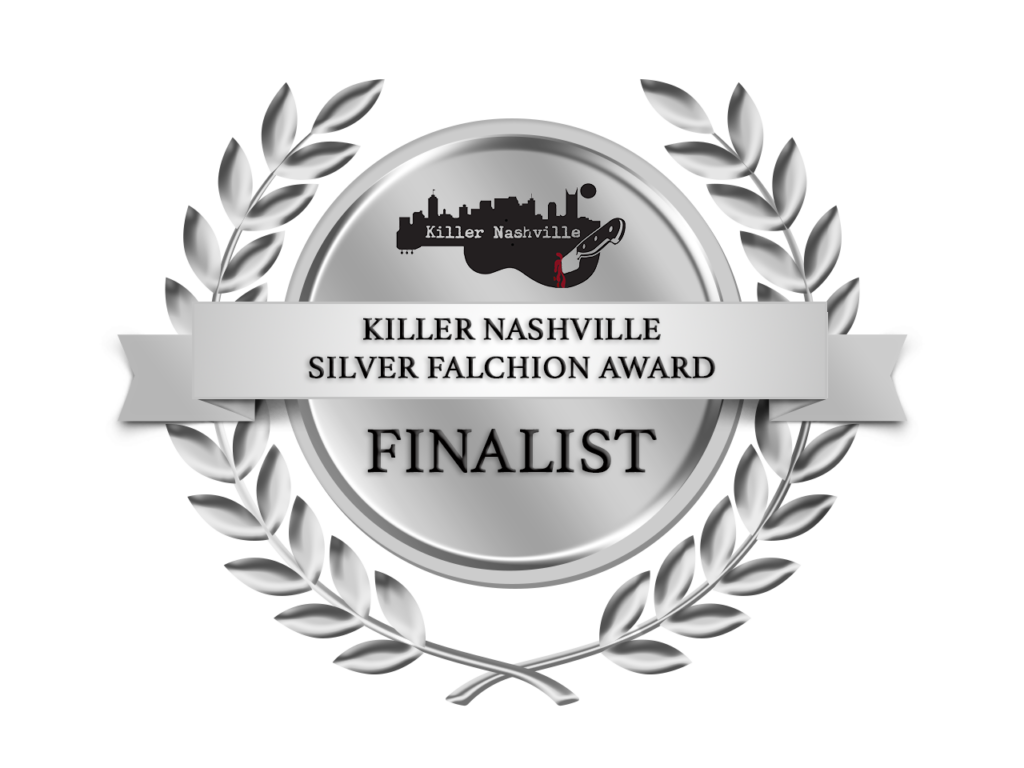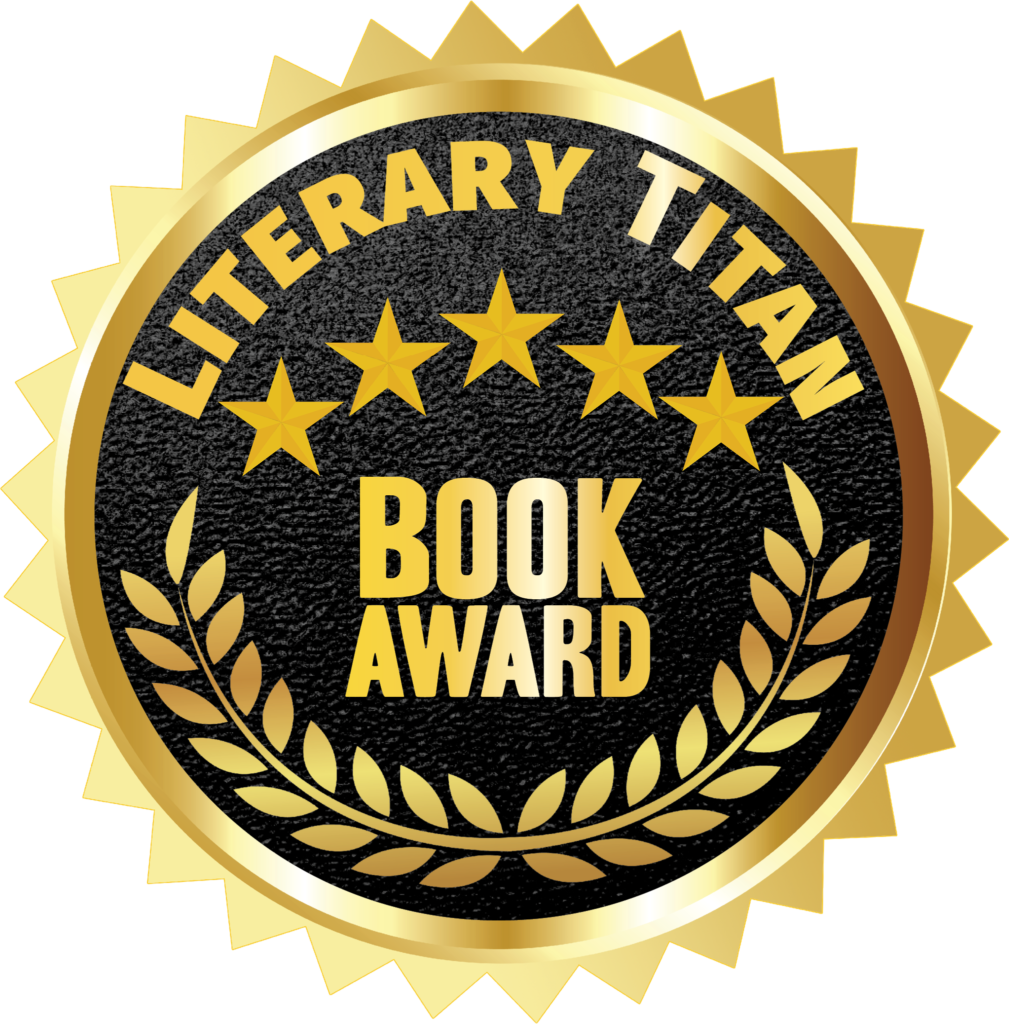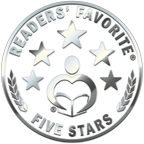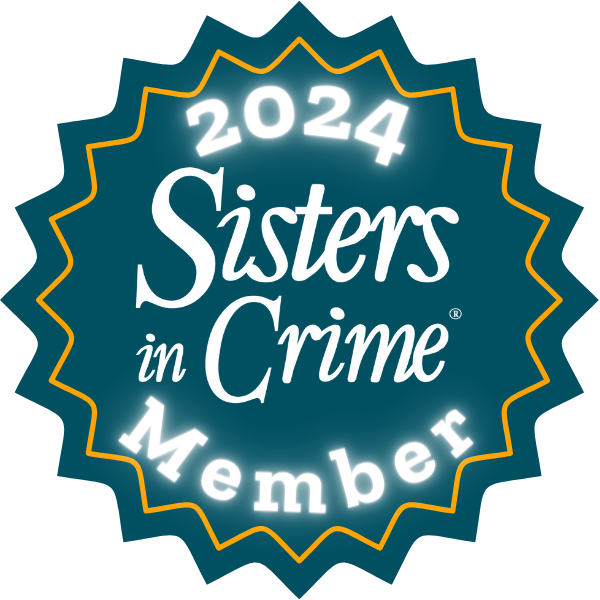So, for the story that got accepted (and which I gushed about here), I have to write an author bio — the bit about me that shows up at the end of the story. Technically I’ve been writing some version of this for every query & cover letter I send out, so it shouldn’t feel like a chore. And yet . . .
. . . It does. Because, like a lot of people, I’m not really comfortable talking about me. Stories, yes. Mermaids, sure! Murder, definitely. But my own credentials and witticisms about my life somehow leaves me with a serious case of writer’s block.
So of course, in full procrastination (ahem, preparation) mode, I looked up a bunch of articles on how to write author bios. A lot of the advice is aimed at freelance bloggers, reporters, and the like — especially because for them, it’s important to establish credibility. And while I assumed credibility would be less important in fiction (“this person just read my short story,” I figured, “so do they really need more proof that I can make stuff up?”), a few of the articles did make a good point, something like this: readers will look at an author bio before reading (or buying) the story, because it might help them decide if the story is worth their time.
I realized, I have totally done that! Sometimes, particularly with alchemy research, I’m trying to figure out how critically the author thinks. Or I’ll look in the bio for information about an ongoing series or other writing projects. Turns out, my assumption that the bio would come at the end isn’t necessarily true. Here are some other fun things I’ve learned while (not) writing about me:
- the author bio is increasingly important in a world of marketing & social media
- its main purpose, really, is to foster a connection with your audience
- it should be written in third person (duh)
- it can follow any number of templates — usually 1 sentence introducing your main accomplishment/professional life, 1 sentence about the things you like to focus on, and a few credentials thrown in along with a personal insight (if you so desire)
There are also many examples online, but to be honest, most of them held my attention for about .1 second before I started thinking about lunch. I’m sure they were very good examples; it just doesn’t take much these days to trigger my “skim” response. I think if you’re looking for examples to really use, you’d be better off looking at bios of folks in your field/authors you love rather than random ones on the web. (And maybe eat before doing your research.)
Personally, I think “voice” — or writing style — is important, too. And that’s part of my hesitation about writing a bio (and also why I won’t be taking my boyfriend up on his offer to write it for me!): I really want it to sound like me, to be accurate and sincere. In the same way that “actions speak louder than words,” I think the way words are delivered can say more than the obvious facts.
So far, the rough draft of my bio looks like this (remember, it’s tailored slightly for a murder mystery involving mermaids!):
Elle has written in several genres but is currently working on a cozy mystery series with an alchemical twist. As a historian and museum educator, she firmly believes in the value of stories — and fantasy in particular — as a mirror for complicated realities. Though she grew up on the beaches of the Pacific Northwest, she now lives in New Jersey with a grumpy tortoise, a three-legged cat, and a very supportive partner. Find her blog and other stories at ellehartford.com.
Which, at about 80 words, is well within the 125 limit I was given. For now, I think I’ll take a break, eat a sandwich, and agonize some more later.
In the meantime, Happy Saint Patrick’s Day!
Selected Resources:
Reedsy Blog, “How to Write a Killer Author Bio,” here.
Patel, Neil, “About the Author: How to Write A Quality Author Bio,” here.
Scribe Media, “How to Write an About the Author (With Examples),” here.





